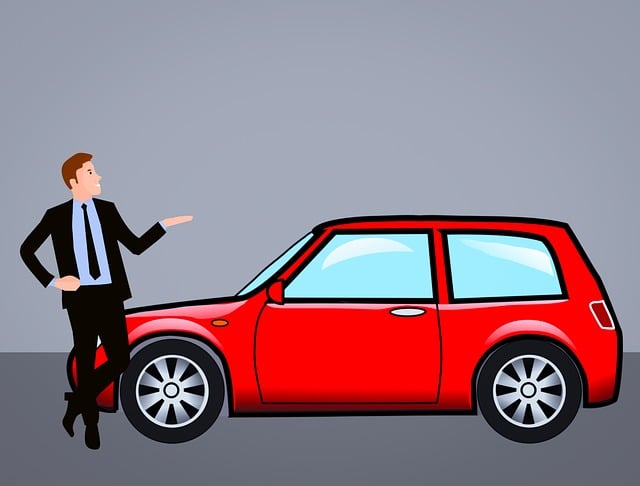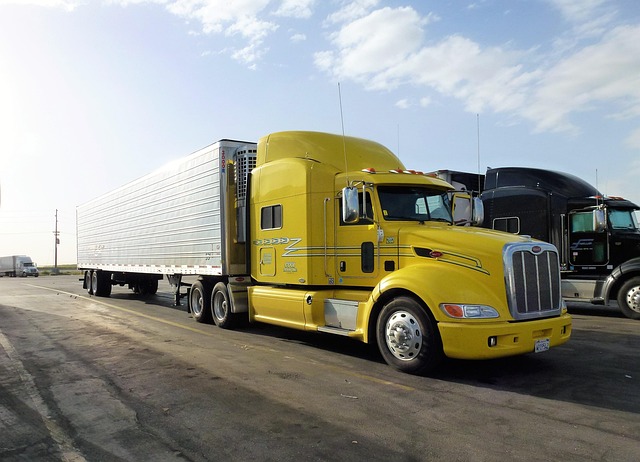Looking to register your car in California? This comprehensive guide breaks down the process step-by-step. From understanding crucial requirements and gathering essential documents to performing a detailed VIN verification, we’ve got you covered. Learn how to choose and submit your license plate design, and finally, discover how to finalize the registration and obtain all necessary documents. Master the art of California car registration with our expert advice.
- Understand California Car Registration Requirements
- Gather Necessary Documents for Vehicle Registration
- Perform VIN Verification Step-by-Step
- Choose and Submit Your License Plate Design
- Finalize Car Registration and Obtain Documents
Understand California Car Registration Requirements

Before registering your car in California, it’s crucial to understand the state’s specific requirements for vehicle registration. One key aspect is ensuring your car passes a comprehensive vin verification process. This involves checking the vehicle identification number (VIN) to confirm its authenticity and history, which includes verifying that it hasn’t been reported stolen or had major damage.
In California, you’ll typically need to undergo a mobile vin inspection or vin inspection through an authorized agent. This step is essential for issuing a registration, as it ensures the car meets safety standards and doesn’t have any outstanding issues. By completing this verification process, you’re one step closer to legally registering your vehicle in the Golden State.
Gather Necessary Documents for Vehicle Registration

Before you start the registration process, ensure you have all the required documents. The California Department of Motor Vehicles (DMV) will need specific information and proof of ownership to complete the vehicle registration. Gather important papers such as the title or bill of sale, which should include the Vehicle Identification Number (VIN). This VIN verification is a crucial step in the registration process. Additionally, you’ll require a valid driver’s license or state-issued ID card and proof of insurance.
For convenience, many individuals opt for a mobile vin inspection or use a mobile vin verifier to streamline the initial steps. These services can provide a digital report, making it easier to have all the necessary documentation ready when visiting the DMV.
Perform VIN Verification Step-by-Step

Performing a VIN (Vehicle Identification Number) verification is a crucial step in registering your car in California. Here’s a simple guide to help you navigate this process, especially if you opt for a mobile vin inspection or want to do it yourself. First, locate your vehicle’s VIN, usually found on the driver’s side of the dashboard or inside the engine bay. Then, use an official online tool provided by the California Department of Motor Vehicles (DMV) or a trusted third-party service to enter your VIN. This step allows the system to pull up detailed information about your car’s history, ensuring it meets all necessary safety and emissions standards.
Next, compare this information against the details you have for your vehicle, including its make, model, year, and other identifying features. If everything checks out, proceed with your registration. However, if discrepancies are found, address them immediately to ensure a smooth registration process. Remember, a valid VIN inspection is essential before registering your car in California, so whether you choose a mobile vin verification service or conduct it yourself, accuracy and completeness of data are paramount.
Choose and Submit Your License Plate Design

Choosing a license plate design is an often overlooked but fun step in the car registration process. In California, you get to personalize your vehicle’s identification while adhering to certain guidelines. Select a design that reflects your style and interests, ensuring it complies with the state’s regulations. The California Department of Motor Vehicles (DMV) offers various options, from standard designs to specialized ones for specific groups or causes.
Submitting your chosen design involves providing the necessary documentation during the registration process. Remember, your license plate must include your Vehicle Identification Number (VIN), which is crucial for verification. Consider opting for a mobile VIN inspection or verification service to streamline this step, ensuring your car’s details are accurately captured and matched with your new license plate. This adds an extra layer of convenience and accuracy during the registration process.
Finalize Car Registration and Obtain Documents

Once you’ve gathered all necessary documents and passed the smog test, it’s time to finalize your car registration. You’ll need to visit a California Department of Motor Vehicles (DMV) field office or use their online services to complete the process. This involves submitting your application form, payment, and ensuring your vehicle’s details are accurate.
After finalizing your registration, you will receive important documents including your Certificate of Registration and Vehicle Identification Number (VIN) verification. It is crucial to keep these documents secure and up-to-date as they serve as official proof of ownership and are essential for future transactions or when dealing with insurance claims. Consider using a mobile VIN verifier to easily access and share your vehicle’s history and specifications anytime, ensuring convenience and peace of mind.
Registering a car in California involves understanding key requirements, gathering essential documents, completing a precise VIN verification process, selecting and submitting license plate designs, and finalizing the registration. By diligently navigating these steps, you’ll not only ensure compliance with state regulations but also secure the necessary documentation for your vehicle’s official recognition in The Golden State. Remember, accurate record-keeping throughout the car registration process is vital for a seamless experience.
